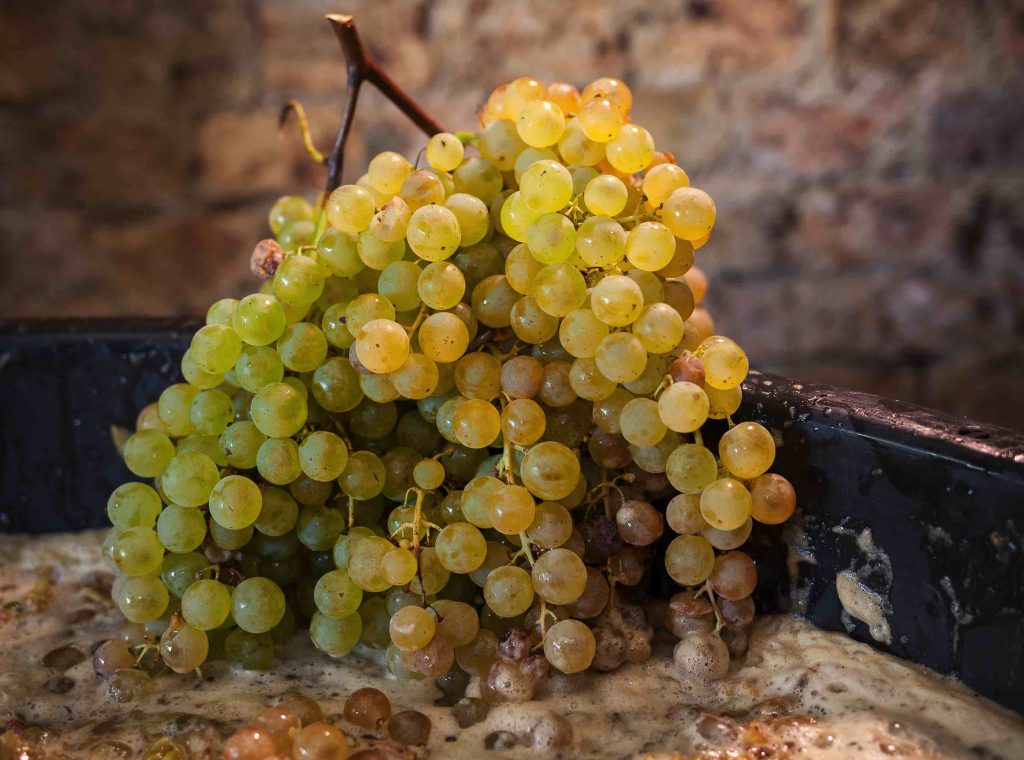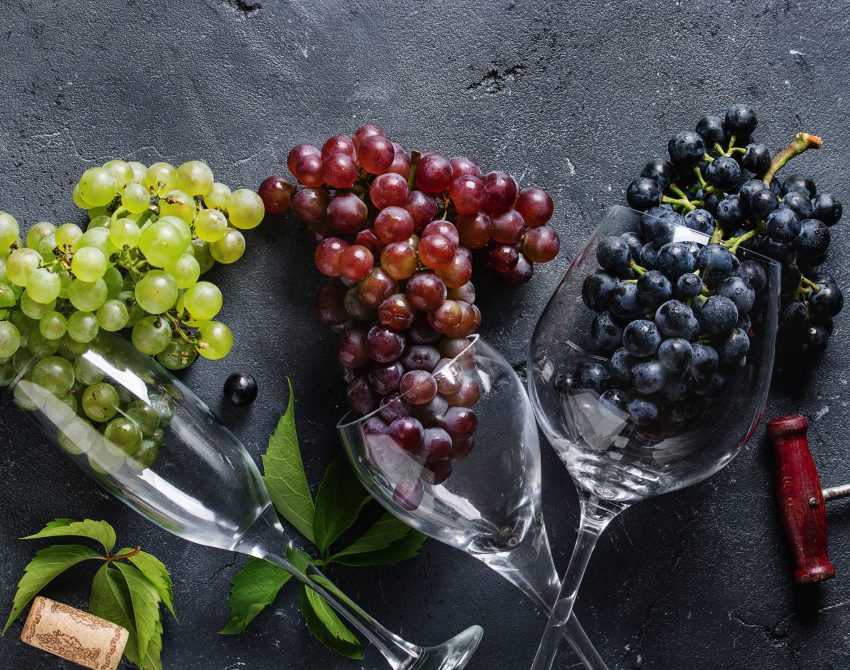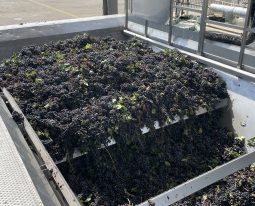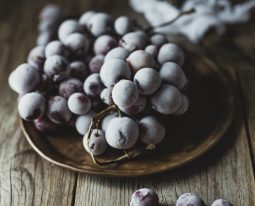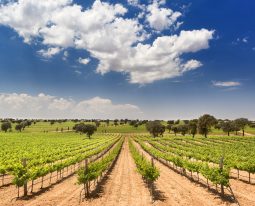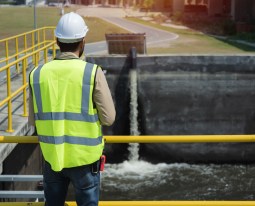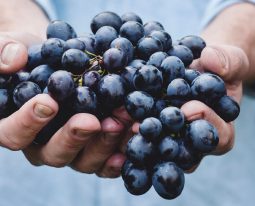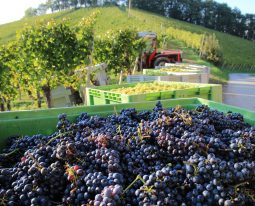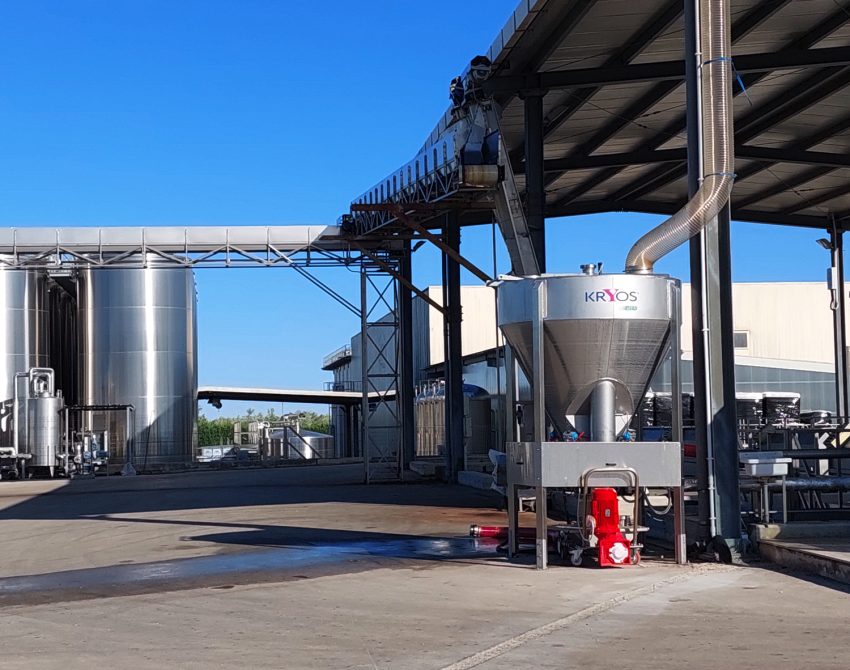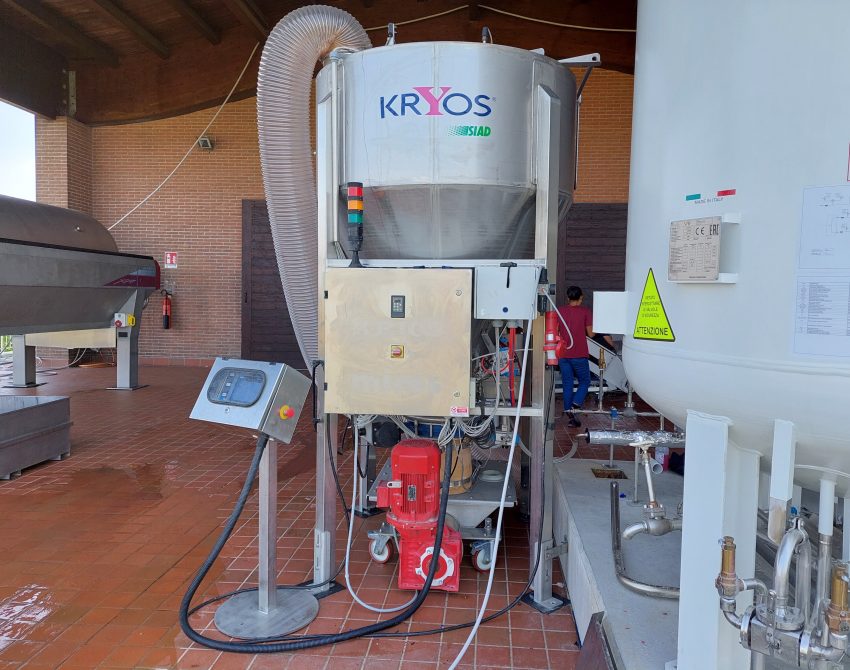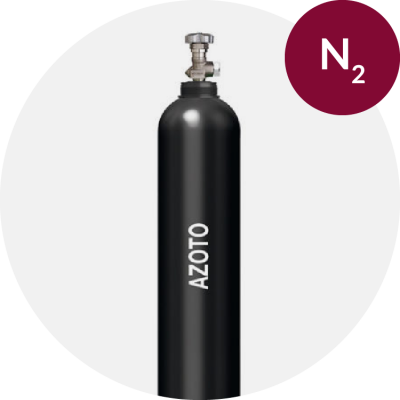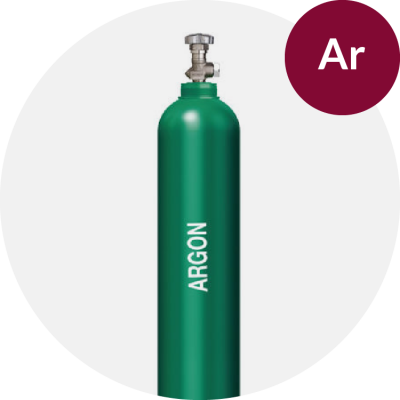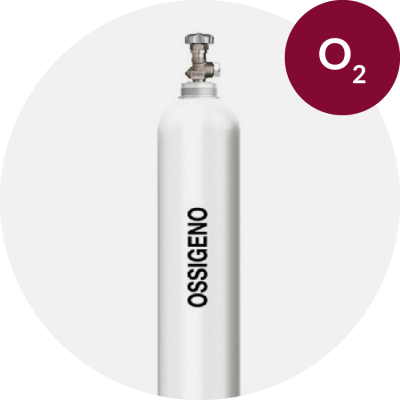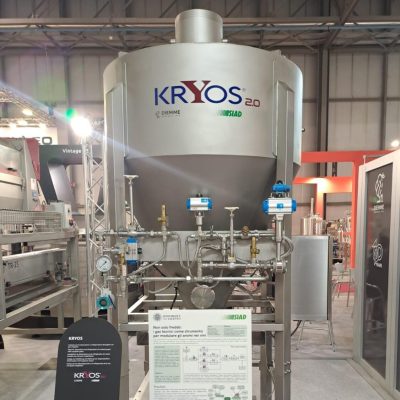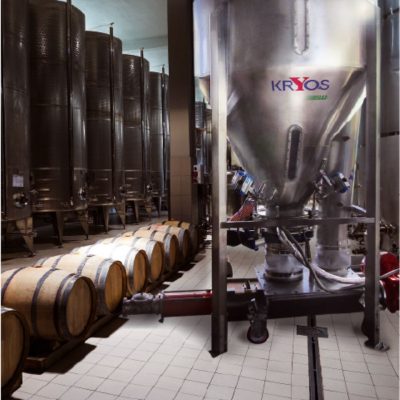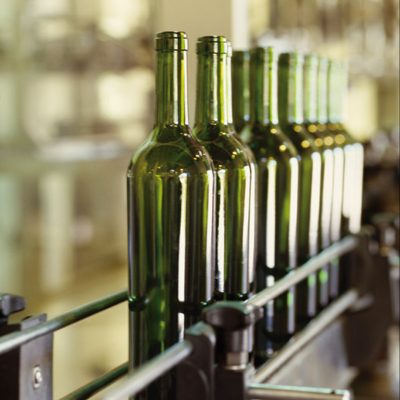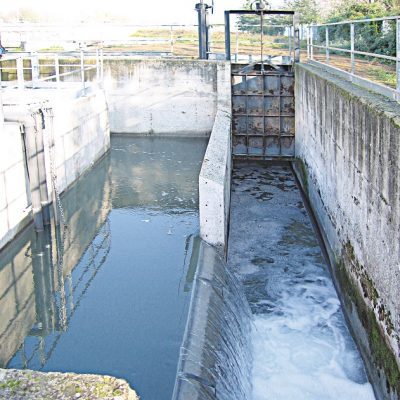The Bel Paese and good wine, a perfect combination. Italian oenology has always been recognized worldwide for its ability to innovate, be dynamic and lead the way in technical and technological development for quality wine production.
Today, even winemaking embraces practices that are mindful of environmental impact and the health of end consumers: evidence of this is the exponential spread of winemaking in compliance with sustainability and quality protocols and labels that impose stringent limits on phytosanitary treatments and the addition of additives.
In this direction, the use of food gases in eonology, at every stage of wine production, is becoming an increasingly common practice, moving from playing a complementary role in some stages of processing to having primary importance throughout the supply chain.
The rapid spread of the use of food gas in this sectoris motivated by the extraordinary benefits that can be achieved: from improving the organoleptic characteristics of the wine, to the enhancement of the personality of the grape varieties, from the protection of the product during processing, to the efficiency of the production process and over all a lower use of sulfur dioxide.
The challenge of the SIAD group is to contribute to the technological development of the industry by reinterpreting and strengthening the potential of the use of food gases in enology in light of new consumer needs and, above all, the peculiar needs of different wine production contexts.
Each winery lives a reality of its own and needs an ad hoc solution, and our commitment is to create an offer of complementary products and services that adapts to the specific needs of the various realities, materializing this relationship in a Close collaboration with wineries built on continuous dialogue and discussion.
SIAD food gases are used in various production processes in the food and beverage industries and are certified in accordance with UNI EN ISO 22000, the FSSC 22000 standard and the Kosher Parve Passover and Halal dictates.
Let’s see, then, in detail how the use of food gases in enology contributes to the production of quality wine more efficiently.
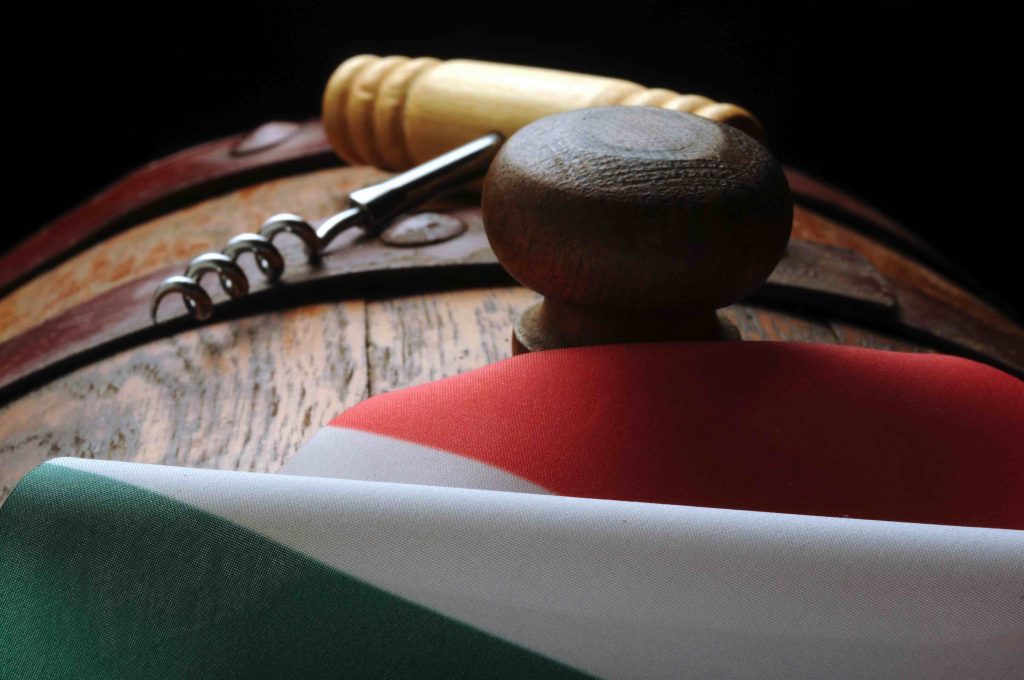
Oxygen and wine
Oxygen is life, even in enology. O2, properly dosed, in micro or macro oxygenation, depending on the amounts of oxygen and timing of administration, enables the optimal management of winemaking processes with the aim of achieving effects such as yeast multiplication and aging and ensuring the quality of wines.
At our Osio Sopra plant in the province of Bergamo, Italy, our T1000 air fractionation plant provides a production capacity of 1,300 tons per day of O2. SIAD also produces ultrapure oxygen (grade 6.0).
But how is oxygen used in wine production? What does it mean to oxygenate wine?
Micro oxygenation of wine
Micro oxygenation of wine consists of the introduction for a period of 30 days of 10 ml of oxygen per liter of wine in the period between 10 and 30 days after alcoholic fermentation.
This administration allows the absorption of dissolved oxygen into the wine and ensures the reduction of formation of undesirable compounds.
Specifically, O2 in micro oxygenation:
- For white wines, passed in wood, it contributes to the maturation of ellagitannins, improving taste and aroma;
- For red wines, it enables the maintenance of coloring substance stability, preventing the formation of sulfur compounds and initiating the polymerization and condensation phase of tannins.
Macro oxygenation of wine
Macro oxygenation of wine, on the other hand, pertains to the final stage of fermentation and consists of the introduction of 3-5 mg of oxygen per liter of wine.
Through this technique, O2 allows the yeasts to finish alcoholic fermentation, in particular:
- For white wines, it improves fermentation conditions and prevents the production of hydrogen sulfide;
- For red wines, it prevents the formation of unpleasant odors and flavors and helps to restore the phenolic complex and thus maintain the original color.
Wastewater purification with oxygen
Wastewater treatment is part of the production process of wineries. The need for purifying wastewater, which result as a by-product of the process, also necessitated the adoption of activated sludge biological purification systems how the system Mixflo®, patented by SIAD, which enables better diffusion of theOxygen and does not produce ambient dispersion of aerosol pollutants.
Carbon dioxide and wine
CO2, in the winery, is used in various stages of wine processing, both to create protective atmospheres and as a coolant. Carbon dioxide has the ability to lower the temperature of grapes and crushed grapes, with different results depending on the state it is in: solid or liquid.
Liquid CO2 for grape refrigeration
The use of liquid CO2 in the refrigeration of pigiadestemmed grapes in a protective atmosphere is particularly advantageous with the technology Kryos developed by our group. Learn more here.
Solid CO2: dry ice or carbon snow for the cellar
CO2 in the solid state, in the form of dry ice or carbonic snow, on the other hand, is used in oenology to form protective atmospheres against oxidative phenomena and for more modest refrigeration than seen for liquid carbon dioxide, mainly in transporting grapes from the vineyard to the winery. See our specific guide dedicated to the topic.
Nitrogen and wine
From fermentation to bottling, nitrogen is also successfully used in winemaking.
It is an inert gas and preserves the wine from losing some of its organoleptic characteristics.Because of this property, it is injected into the top of tanks, reducing or eliminating the presence of air, in order to protect the wine during storage and handling.
In particular, nitrogen:
- Inhibits the proliferation of aerobic bacteria;
- It protects wine during storage and handling from external contamination, allowing easy, pump-free and safe push-pull racking;
- In bottling, it allows air to be removed from the bottle both before filling and later in the headspace.
Argon and wine
Argon can be used as a substitute for nitrogen in inerting processes, to protect wine, having an even greater capacity.
It is a noble gas with a very high degree of purity and is present in the air in small amounts. In enology, argon is used in the storage stages to create atmospheres with reduced oxygen, but it also enables the protect the wine in tank filling and emptying operations, since it is heavier than nitrogen, so layers over the wine exerting more effective protection from oxygen, even in the presence of tanks unsuitable for overpressure work.
To learn more about SIAD’s offerings for wineries, write to foodandbeverage@siad.eu.
